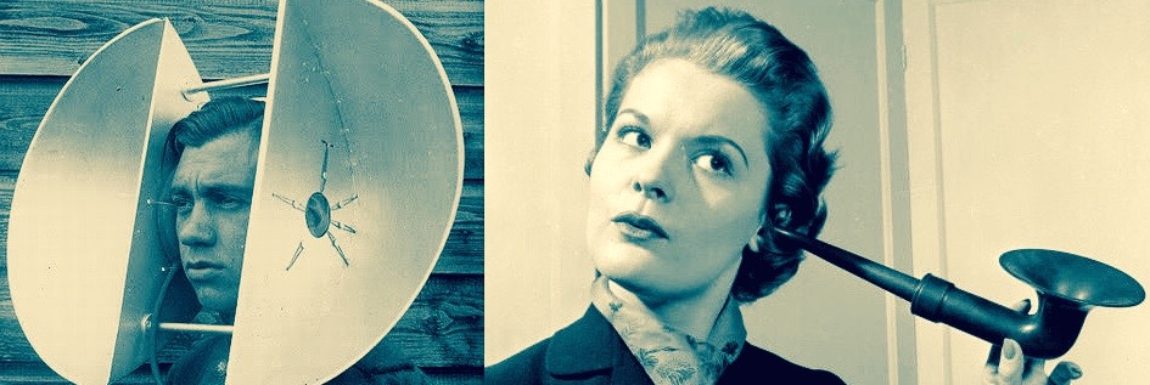
Frequency Therapeutics is one of only a handful of companies around the world that are working to develop a drug to restore lost hearing. It also believes that it’s the furthest along the road to producing a treatment, and thanks to a series of human trials it now has a broad range of clinical data to help chart a path forward.
The initial trials studied the safety and efficacy of its lead candidate drug known as FX-322. According to the company, the studies are the first to show hearing improvements in people with acquired hearing loss. Not all the results have been positive but taken together the pool of data from each of the studies has enabled the company to more fully understand the types and severities of hearing loss that its drug may treat.
Based on this data, the company began enrolling a large, Phase 2b study of FX-322. If you’re interested in participating in the trials, you can find more information here: ClinicalTrials.gov
The company has also developed a second candidate drug called FX-345 that will enter trials later this year.
Both drug candidates are designed to regenerate lost hair cells, those tiny receptors in the cochlea which convert sound into electrical signals that are then sent to the brain. They die off as we age, or they are killed off by noise exposure, certain viruses or ototoxic drugs. The result is sensorineural hearing loss (SNHL) which is the most common cause of hearing loss.
A staggering 10% of the world’s populations suffer from SNHL or roughly 700,000,000 people.
The foundation of Frequency Therapeutics is pioneering research by MIT’s Robert Langer and Harvard’s Jeffery Karp. They knew, for example, that the cells that line our intestines regenerate every four or five days, a process triggered by progenitor cells.
However, the progenitor cells in the cochlea become dormant in infancy. Langer and Karp wondered if they could be “woken up” and they began to focus on two small molecules that proved effective in mice. But will it work in humans?
That is the question the company is working to answer.
Carl LeBel, the company’s Chief Development Officer, summarizes the results of those initial trials of FX-322, “In three separate trials, we saw a signal that we’ve defined as improvement in speech perception in patients who have been treated with the drug versus those who were either dosed with a placebo or when compared with their untreated ear”.

Chief Development Officer
“Those improvements might be patients who are able to understand more words in a quiet background or in some studies we’ve done on understanding sentences in noise tests they can understand more words if they’ve received FX-322.”
One lesson learned from the trials is that the distribution of FX-322 was largely limited to the base of the cochlear reaching those hair cells that are primarily those used to detect higher frequency sounds. In response, FX-345 was developed to produce greater coverage in the cochlea in order to reach more hair cells.
“We know the whole cochlea is used when we’re hearing”, says Kevin Franck SVP, Strategic Marketing & New Product Planning, “It’s all connected, it’s one membrane that spans all these frequencies, so impacting one part of the cochlea may help other parts too because it all works together as one system.”
For the current trials, subjects are being selected based on the profiles of those who showed the most promise in the first trial. This means they will be in the same age range and share roughly the same degree of hearing loss.
Another key lesson learned from those early trials is the importance of developing a protocol to prevent patient bias that can muddy the data. Unlike testing a drug to see if it can treat a skin rash, for example, where the results are clearly visible, measuring hearing loss is challenging because it relies completely on human perception.

SVP, Strategic Marketing & New Product Planning
Patients are given a variety of speech perception tests before and after treatments. A standard test administered by audiologists is 50 words long and the subject is asked to attempt to repeat each one they can understand. The problem is the results can be skewed by guessing.
Much like a multiple-choice test where if you are not sure of the answer, you might be able to randomly pick the right one.
One right guess out of 50, for example, would mean the score would be boosted by 2 percent.
To improve the accuracy of testing and thus the data, the Frequency team has developed a rigorous new protocol that includes multiple testing, video recording of the tests that can be reviewed by other audiologists, and tracking audiogram results to detect inconsistencies which may indicate the subject is guessing or that their hearing loss is not stable.
Speech perception will be the key benchmark for proving either FX-322’s or FX345’s efficacy and thus its approval by the FDA.
“We had a meeting with the FDA”’ says LeBel, “and we reached alignment with them that the primary endpoint would be on the basis of showing improvements in speech perception that a drug could be approved”
LeBel says, “There’ll be a lot more data coming in late 2022 or the early part of 2023.


Thank you for the new information!